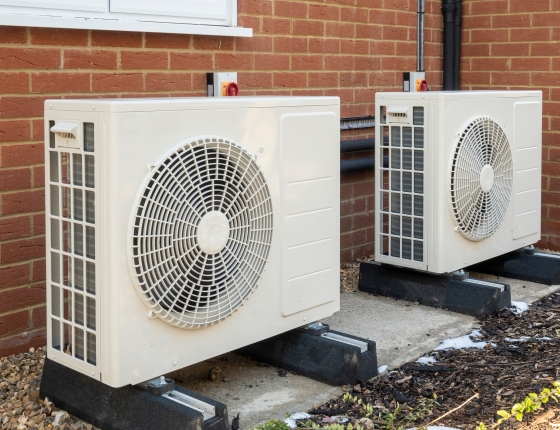This post complements our quarterly research newsletter, which features updates on CEE's research projects. Sign up to get this information in your inbox.
Optimized Installations of Air Source Heat Pumps for Single-Family Homes
Background: 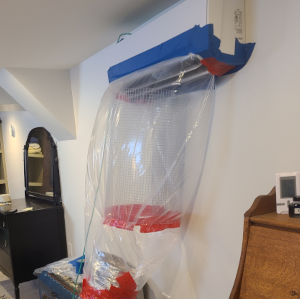 This project will install a sample of ccASHP systems in single-family homes with electric heating. The installations will use interim protocols developed based on CEE’s knowledge of the technology, existing best practices guides, and information developed over the course of this project. The protocols will be implemented, tested, refined, and validated. Field data will be collected and analyzed to assess performance and provide government energy agencies and utilities with reliably demonstrated savings from ccASHPs.
This project will install a sample of ccASHP systems in single-family homes with electric heating. The installations will use interim protocols developed based on CEE’s knowledge of the technology, existing best practices guides, and information developed over the course of this project. The protocols will be implemented, tested, refined, and validated. Field data will be collected and analyzed to assess performance and provide government energy agencies and utilities with reliably demonstrated savings from ccASHPs.
Update: After surveying 25 electrically heated, single-family homes across Minnesota, the project team selected seven sites for ccASHP installation. The project team developed preliminary installation protocols and applied these to the seven field installations. The team is now monitoring performance at these field sites to gauge their success and modify the protocols based on those findings. An initial short summary and market survey were submitted to Minnesota’s Department of Commerce, Division of Energy Resources.
Learn more on the project page
This project is supported by a grant from the Minnesota Department of Commerce, Division of Energy Resources through the Conservation Applied Research and Development (CARD) program, which is funded by Minnesota ratepayers.
Optimizing the New Generation of Grocery Refrigeration Equipment
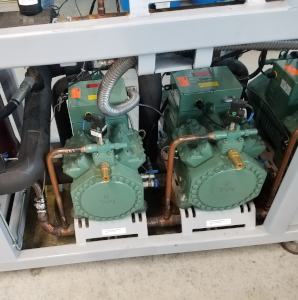 Background: Carbon dioxide (CO2) is a natural refrigerant that has minimal impact on global warming compared to previous industry-standard refrigerants. This project will field test design and efficiency features that provide savings opportunities in CO2 refrigeration systems that have not yet been addressed by Minnesota’s utility programs. In addition to field monitoring, the project team will also conduct validated modeling of local installations and develop recommendations for rebate program measures and guidelines.
Background: Carbon dioxide (CO2) is a natural refrigerant that has minimal impact on global warming compared to previous industry-standard refrigerants. This project will field test design and efficiency features that provide savings opportunities in CO2 refrigeration systems that have not yet been addressed by Minnesota’s utility programs. In addition to field monitoring, the project team will also conduct validated modeling of local installations and develop recommendations for rebate program measures and guidelines.
Update: The project team has started monitoring two field study sites that will have CO2 retrofits or control settings adjustments. The team is currently working with a third site and expects to monitor a CO2 refrigeration installation that will be completed in summer 2022. The system upgrades to be evaluated at these sites are adiabatic gas cooling, mechanical subcooling, and selective liquid overfeed of coolers combined with flash cooling of refrigerant fed to freezers. All three technologies save energy, especially in warmer weather and during summertime peak demand periods. The third technology is unique in its ability to also provide savings throughout the winter.
Learn more on the project page
This project is supported by a grant from the Minnesota Department of Commerce, Division of Energy Resources through the Conservation Applied Research and Development (CARD) program, which is funded by Minnesota ratepayers.
Energy Savings from Residential Zoned Air Distribution Systems
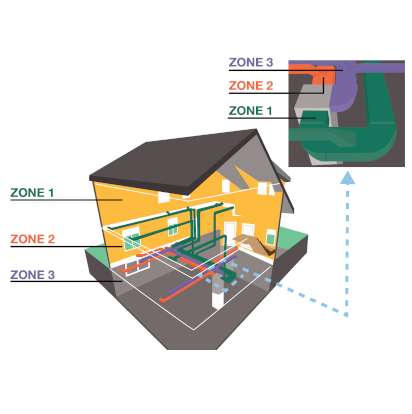 Background: Single-zone constant air volume systems, standard in most Minnesota homes, can lead to uncomfortable temperature variations and increased energy use from over-heating and over-cooling. Multizone (MZ) systems use automated dampers to supply air only to the parts of the house where it is needed. This study assessed the energy savings opportunities for residential zoned air distribution systems. CEE used EnergyPlus models of standard Minnesota home configurations to estimate zoned system energy savings.
Background: Single-zone constant air volume systems, standard in most Minnesota homes, can lead to uncomfortable temperature variations and increased energy use from over-heating and over-cooling. Multizone (MZ) systems use automated dampers to supply air only to the parts of the house where it is needed. This study assessed the energy savings opportunities for residential zoned air distribution systems. CEE used EnergyPlus models of standard Minnesota home configurations to estimate zoned system energy savings.
Update: The final report for this project has been submitted and consisted of a market assessment of multizone equipment and key modeling results.
The market assessment of seven major manufacturers detailed the following.
- Six of the seven manufacturers have multizone equipment in their inventory.
- MZ equipment is being installed in about a quarter of new Minnesota homes and is primarily being used in higher-end new homes as opposed to retrofits.
- No Minnesota or U.S. utilities currently provide energy efficiency incentives for MZ equipment.
The modeling results identified the following.
- If spaces are being over-heated, there’s potential for space heating energy savings in new homes.
- If areas of the house are under-heated, however, a MZ system would provide better comfort but higher energy use.
- Further measurements of actual heating and cooling season temperatures in MN houses is needed to fully measure the impact of MZ systems.
Learn more on the project page
This project is supported by a grant from the Minnesota Department of Commerce, Division of Energy Resources through the Conservation Applied Research and Development (CARD) program, which is funded by Minnesota ratepayers.
Variable Speed Heat Pumps as AC Replacements
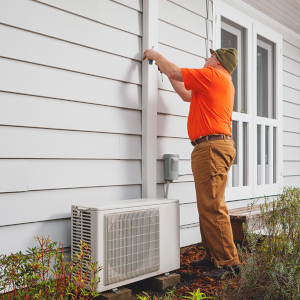 Background: Variable speed heat pumps (VSHPs) save energy on both heating and cooling and offer greater year-round comfort. Recent advances in this technology provide opportunities to dramatically reduce installation costs and complexity and allow for a smoother transition to VSHPs from traditional heating and cooling systems. It is estimated that if every ComEd customer with central AC were to adopt this technology it could result in 231 GWh of incremental savings for cooling alone.
Background: Variable speed heat pumps (VSHPs) save energy on both heating and cooling and offer greater year-round comfort. Recent advances in this technology provide opportunities to dramatically reduce installation costs and complexity and allow for a smoother transition to VSHPs from traditional heating and cooling systems. It is estimated that if every ComEd customer with central AC were to adopt this technology it could result in 231 GWh of incremental savings for cooling alone.
Update: This field evaluation pilot is assessing energy and cost savings that can be achieved by installing cold climate variable speed heat pumps as replacements to central air conditioning equipment (AC) in residential customers’ homes in ComEd’s service territory. CEE will work with a ComEd-approved contractor to replace the participants’ existing AC system with a new high-performance variable speed heat pump system. Following installation, the project team will schedule visits to test the new system. This research will help ComEd evaluate this technology and the best methods for including variable speed heat pumps in the ComEd Energy Efficiency Program based on performance and economics. To learn about participating, visit ComEd.com/VSHPpilot.
Learn more on the project page
This project is run by CEE as part of the ComEd Energy Efficiency Program.
